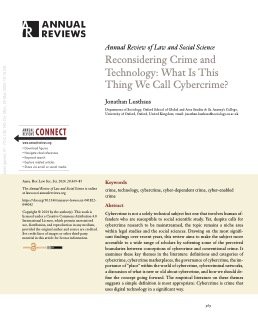By The United Nations Office on Drugs and Crime
The third edition of the World Wildlife Crime Report probes recent trends in the illicit trafficking of protected species of wild fauna and flora and provides a broad assessment of current knowledge about the causes and implications of associated crime at a global level. As was the case for the first two editions published in 2016 and 2020, research carried out for this report included quantitative assessment of global wildlife trafficking and a series of in-depth case studies. An additional emphasis for this edition is on systematic analysis of wildlife crime harms and impacts, factors driving crime trends and the evidence for what remedial interventions work best.
The report concludes that wildlife trafficking persists worldwide despite two decades of concerted action at international and national levels. There are signs of progress in reducing the impacts of trafficking for some iconic species, elephants and rhinoceros, for which a combination of efforts from both the demand and supply side have yielded positive outcomes. However, UNODC’s assessment of available evidence gives no confidence that wildlife trafficking overall is being substantially reduced.
The global scope and scale of wildlife crime remain substantial with seizures during 2015–2021 indicating an illegal trade in 162 countries and territories affecting around 4,000 plant and animal species. Beyond the immediate conservation threat to target species, population reductions caused by wildlife trafficking can play a role in triggering ecosystem-level impacts by disturbing interdependencies between different species and undermining related functions and processes, including those important to climate change resilience and mitigation. Wildlife crime also threatens the socioeconomic benefits people derive from nature, whether as a source of income, employment, food, medicine or other values. It further corrodes good governance and the rule of law through corruption, money-laundering and illicit financial flows.
The report notes that transnational organized crime groups are active in some illicit wildlife markets, where they exploit inconsistencies and weaknesses in regulation and enforcement, adapting their methods and routes continuously to evade detection and prosecution. Corruption also plays a key role in undermining regulation and enforcement actions against wildlife trade.
The 2024 World Wildlife Crime Report tracks all these issues, trends and more
Vienna: UNODC, 2024. 169p.





















